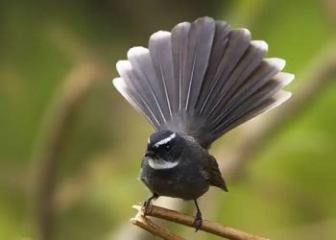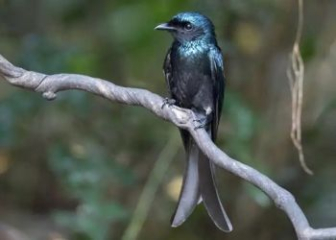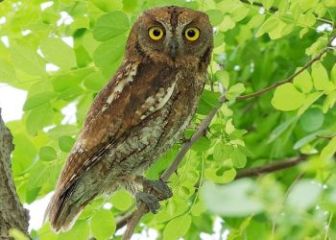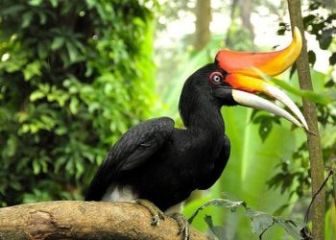Starling - Characteristics, habits and breeding techniques from A to Z
Blog | by
The Gracupica nigricollis is an intelligent bird with a beautiful, long-lasting song, the ability to imitate human speech well, friendly, adaptable and easy to raise.
The starling is probably a very familiar name to bird lovers in Vietnam, right? Although they do not have bright colors, the perfect combination of two contrasting white and black tones along with bright yellow eye rims has brought a rustic but extremely attractive appearance. In addition, this bird also has a beautiful singing voice, is intelligent and adaptable, easy to raise.
Let's explore with nicebirds the details of the origin, habits and best singing training techniques for starlings through the article below!
Origin of the flute
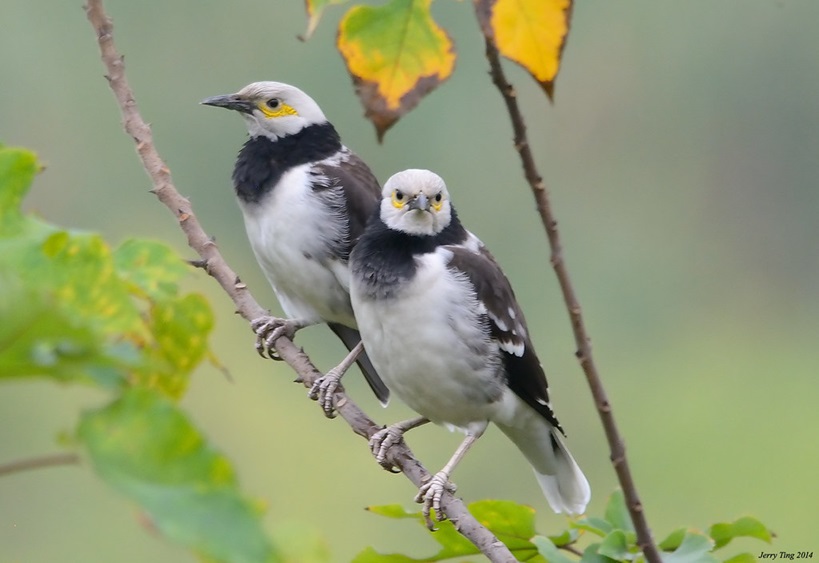
Learn about the origin of the starling.
The Gracupica nigricollis (scientific name: Gracupica nigricollis) is also known by many different names such as the black-necked starling, the black-necked starling, the black-necked starling, the black-necked starling, the black-necked starling, the black-necked starling,... depending on the region in our country. This is a bird species originating from Southeast Asia, commonly distributed in the following countries:
- Vietnam: Appears throughout the country, from North to South, from rural areas, near fields, gardens, empty hills to residential areas
- Southern China
- Laos, Cambodia, Thailand,...
In Vietnam alone, starlings have been domesticated and raised as pets for a long time, about several hundred years, because they are very popular, easy to raise, omnivorous, and have a pleasant singing voice.
Currently, the starling is listed as “least concern - LC” by the IUCN, because this bird species has good adaptability and a widespread population.
Morphological characteristics of the starling
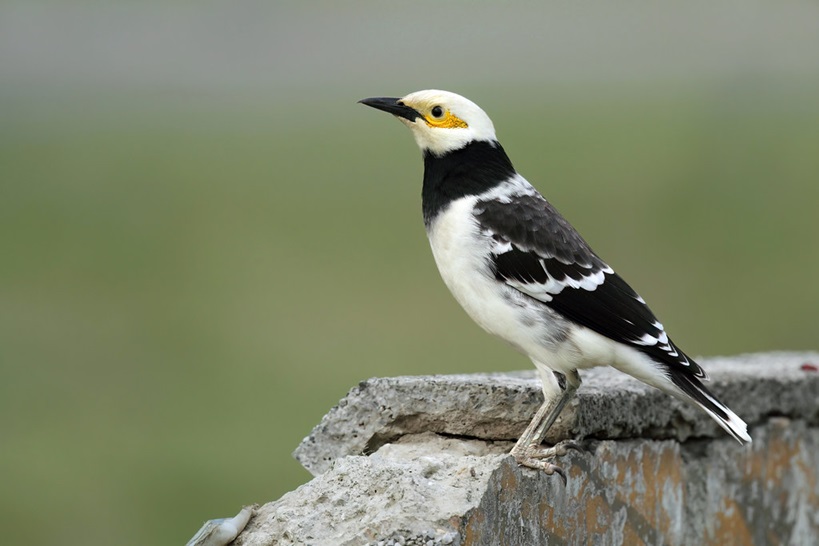
The impressive appearance of a starling.
The Starling is easily recognizable by its contrasting black and white plumage, pale yellow bill and legs, and lively appearance. Let's learn more about their morphology below.
Size :
- Length: 22 - 25 cm
- Wingspan: 32 - 35 cm
- Weight: Average 75 - 95 grams
Color :
- Head: Bright white
- Neck: Jet black, forming a black stripe around the neck, throat and chest.
- The back: And wings are glossy black with white patches in the middle of the wings - clearly visible when the bird is in flight.
- Belly: Ivory white, light gray
- Tail: Black, white border at the edge of the tail
- Eyes: Black brown, with bright yellow skin around the eyes creating a prominent highlight
- Feet: Gray, 3 front toes - 1 back toe
Distinguishing between male and female starlings :
- Sexual dimorphism, difficult to distinguish with the naked eye
- Male birds are usually a little larger in size and have a better, louder singing voice.
Baby bird :
- Young starlings under 1 month old: Light gray feathers, light yellow beak and legs
- Mature starlings over 3 months old: Feathers are distinctly black and white, yellow rims around the eyes begin to develop
Habits and behavior of starlings
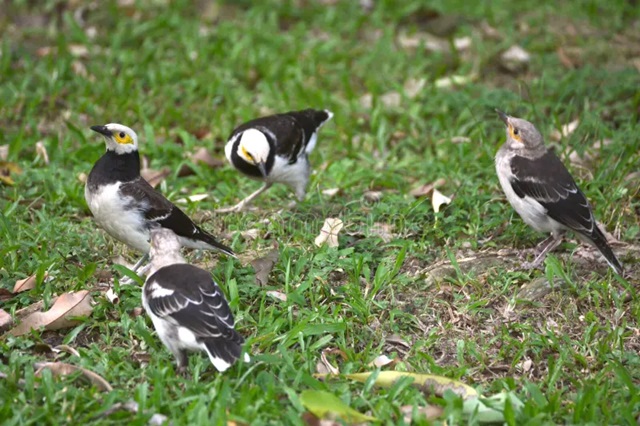
A flock of starlings are gathering together.
Highly social
The Starling is a highly social bird, often living in small flocks of 3-10 individuals or living in pairs during the breeding season and then returning to live in flocks to finish the rearing period. Even when foraging or resting, this bird likes to gather in groups, which is very interesting.
In particular, in nature, the starling is a rather gentle bird, especially with its own kind. The male bird only shows aggression during the breeding season.
Voice communication
The starling has a diverse and beautiful song with a loud, rhythmic tone, sometimes even sounding like a whistle or a whistle,... This is also a very intelligent bird with the ability to imitate surrounding sounds. They often use their songs to attract mates, warn or define territory.
Omnivorous
Starlings are omnivorous birds so their diet is very diverse, it can be small insects, soft fruits or even seeds, sprouts and leftovers.
In nature, you will easily see a starling foraging for food on the ground or picking fruit on low trees.
Reproductive behavior
Let's learn in detail about the behavior and reproductive habits of starlings.
- Breeding season: March - August, when the weather is warm and food sources are abundant.
- During the breeding season, male birds will sing more, stretch their necks, vibrate their wings and even offer food to woo female birds.
- This bird species often nests in tree holes, eaves or even electric pole holes. The nest is made of dry straw, grass, trash,...
- Each brood of female birds lays 3 - 5 eggs, both the father and mother birds take turns incubating the eggs and raising the chicks.
- The chicks will leave the nest after about 20 days.
Smart, quick to imitate
Starlings are very intelligent and have the ability to learn and absorb quickly if raised and trained from a young age. They can learn to call their names or imitate familiar sounds. Even when raised alone, this bird will become "clingy" and sing when it sees its owner passing by.
Good adaptability
Starlings have the ability to adapt well to their living environment. They can live well in residential areas, gardens or even landfills.
This bird can fly to find food or live in a small area if there is an abundant food source and plenty of shelter.
The best technique for raising starlings to sing from A to Z
If you are new to raising starlings, don't miss the detailed instructions on how to raise starlings below. It's guaranteed to be simple but very effective.
Choose good starling breed
Choosing a good breeding bird is an important factor to help the starling adapt quickly and have the best singing voice. A good breeding starling needs to meet the following requirements:
- Priority is given to birds 1 - 2 months old, because this is the stage when they are easy to tame and learn.
- You should choose male birds because they have better and louder singing voices.
- Choose birds with flexible appearance, smooth feathers, bright eyes, big beak, no signs of illness.
Getting to know and tame birds
When you first buy a bird, you need to spend time getting used to it and taming it before training its voice. Please pay attention to the following things.
- Place the bird cage in a quiet place, near people, with people passing by but not too noisy.
- Regularly interact and talk to the starling in a gentle tone of voice.
- Every day, let the bird sunbathe and bathe in water to both encourage its spirit and help it stay healthy, thereby helping it tame and get used to it faster.
- You should use your hand to feed fresh baits such as crickets, grasshoppers, etc. to help the bird get used to it and become tame faster.
Provide optimal nutrition
As shared above, starlings are omnivorous birds, they can eat many different types of food. However, to help the bird sing best, you can refer to some of the following suggestions:
- Mixed birdseed specifically for singing birds with eggs, honey, vitamin E,...
- Cereal bran
- Fresh food such as grasshoppers, crickets, mealworms, ant eggs,...
- Sweet fruits like bananas, papaya,...
Absolutely do not feed spicy, hot, salty, or spoiled foods because they will affect the bird's singing voice.
Practice your voice every day
In addition to taming and caring for the bird, you need to train your starling's voice every day so that it can maximize its ability. Please refer to some of the following methods.
Stimulate natural singing voice :
- Hang the starling cage in an airy place, near trees, and in a quiet place so that the bird can sing easily.
- Can be hung near a bird's cage to help them learn or stimulate competitive instincts.
- When the bird starts to sing, praise and reward it to encourage its spirit.
Practice singing with audio files :
- Every day, open the recording file of the starling singing 1-2 times, each time for 15-20 minutes so that the bird can practice singing along.
- Turn on the sound at a moderate level, and don't force the bird to listen for too long, as this can easily tire and scare the bird, leading to poor singing.
Health care every day
To help your starling stay healthy and avoid illness, you need to pay attention to the following:
- Take a bath and sunbathe every morning for 20-30 minutes.
- Clean the cage, clean the food trough, water trough and feces tray every day.
- Observe birds daily to detect any unusual signs.
Bamboo flute price update 2025
Currently, starlings are sold very popularly in Vietnam with many different prices, depending on their age, purity and singing ability. For more details, please refer to below.
|
Starling |
Reference price (VND/piece) |
Note |
|
Young flute |
150,000 - 500,000 |
Under 3 months old, untrained |
|
Starling over 3 months old |
500,000 - 1,500,000 |
The starling can sing and imitate. |
|
Standard flute |
1,500,000 - 3,500,000 |
Speak clearly, sing well, good looking |
Note when buying flute :
- Buy birds from reputable addresses and sellers to ensure quality.
- Check the condition of the starling before buying, only buy smart, healthy birds with beautiful feathers, not ruffled, and no signs of illness.
- Young birds are easy to train, cheaper but require a lot of experience from the breeder.
Beautiful starling pictures
We invite you to admire the entire collection of beautiful and impressive starling images with contrasting black and white feathers and flexible appearance right below to better visualize the charm of this starling species.
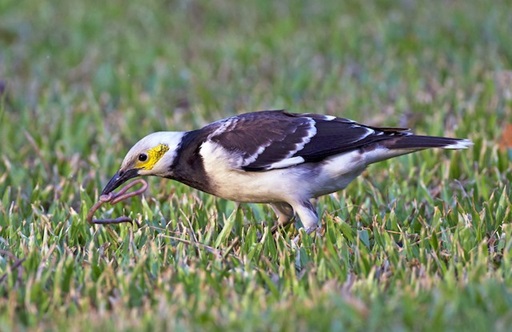
The starling is foraging in the meadow.
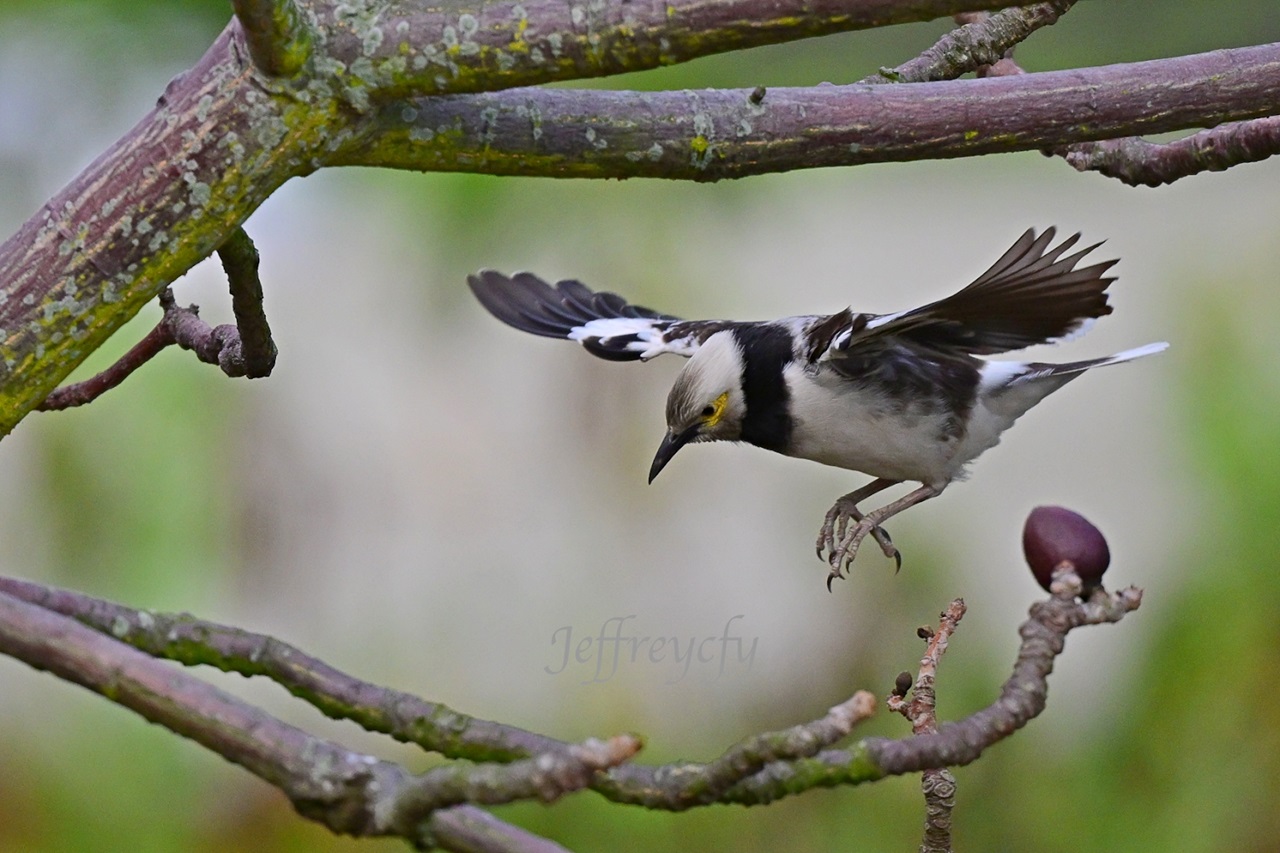
Image of a starling preparing to land on a tree branch.
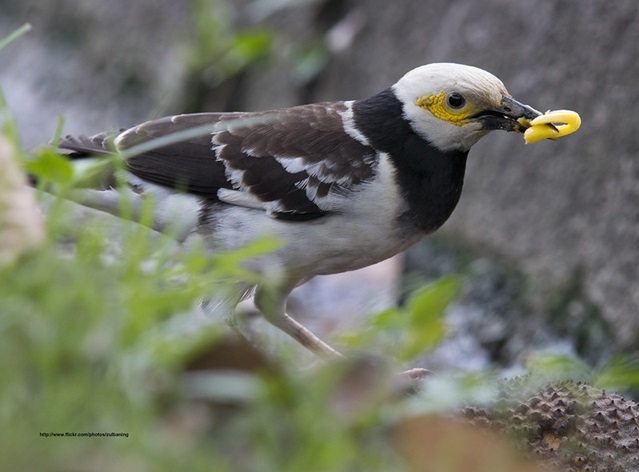
A starling is holding its prize, a young seedling.
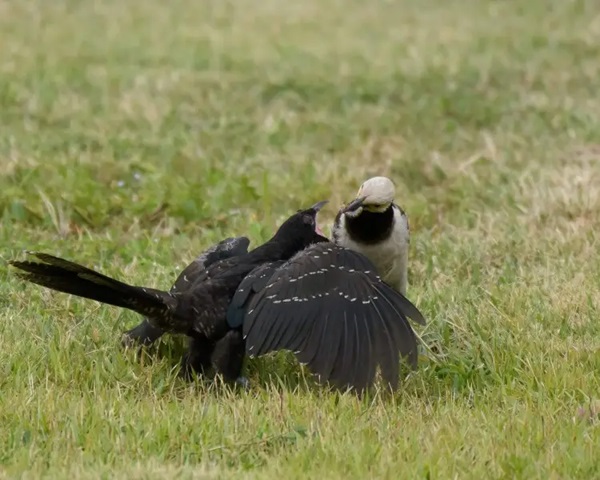
The starling is fighting with another bird.
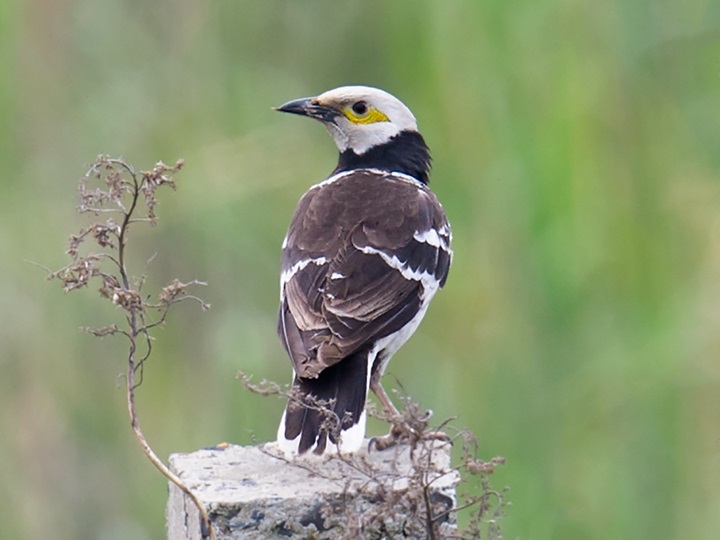
The beautiful appearance of a starling.
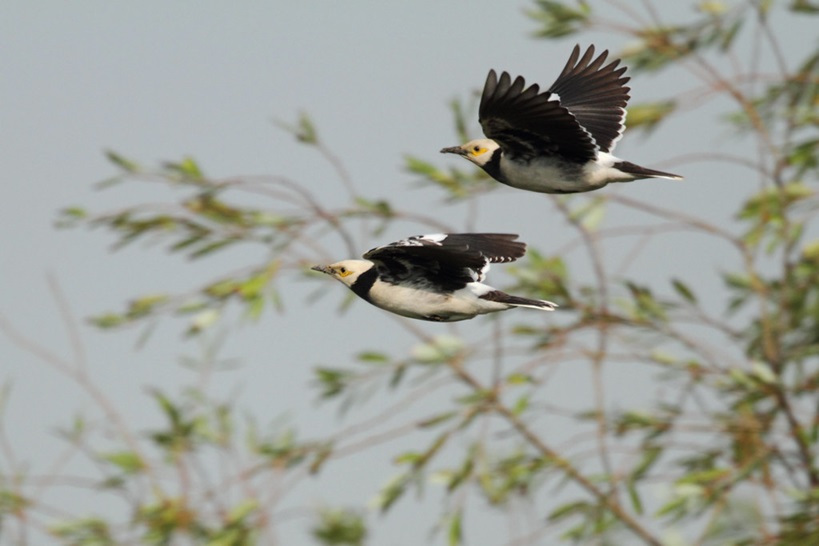
Image of starlings flying in the sky.
With its simple yet extremely attractive appearance and friendly, approachable temperament, the starling is not only a common pet bird but also a mischievous, interesting friend for the owner. Whether you are new to bird keeping or have a lot of experience, the starling is still a bright candidate, easy to care for, easy to raise and brings many interesting experiences.
Don't forget to visit the Blog section of nicebirds.net to learn more interesting articles about starlings or other beautiful ornamental birds.
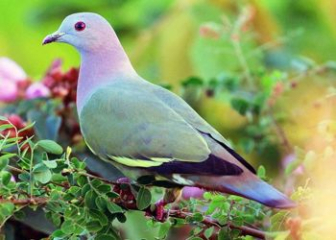
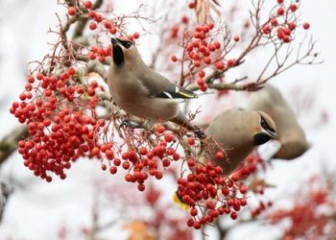
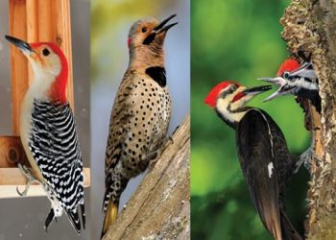

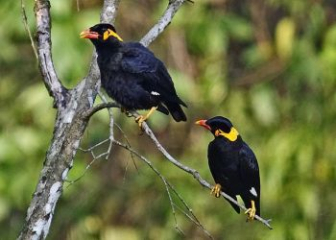
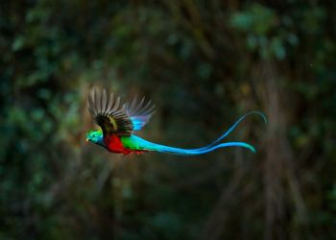

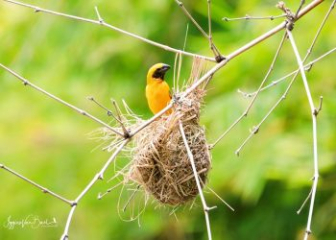
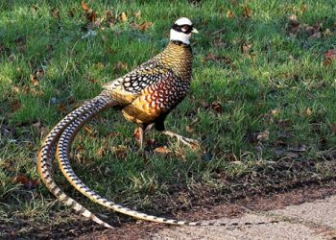
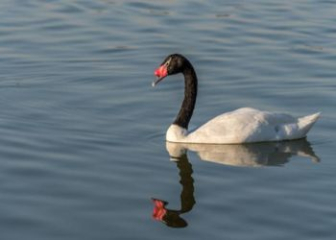
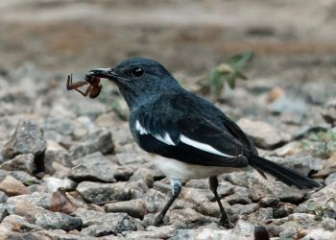
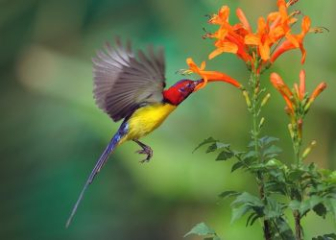
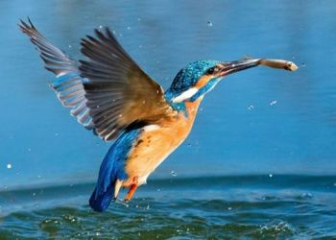
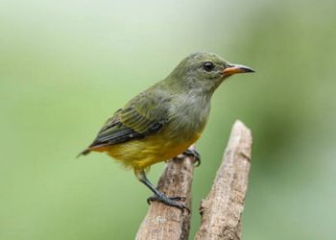
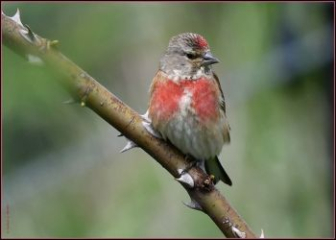
_350x250.jpg)
